Under the bodywork of the Ferrari 312B3 on the anniversary of Niki Lauda's first F1 win
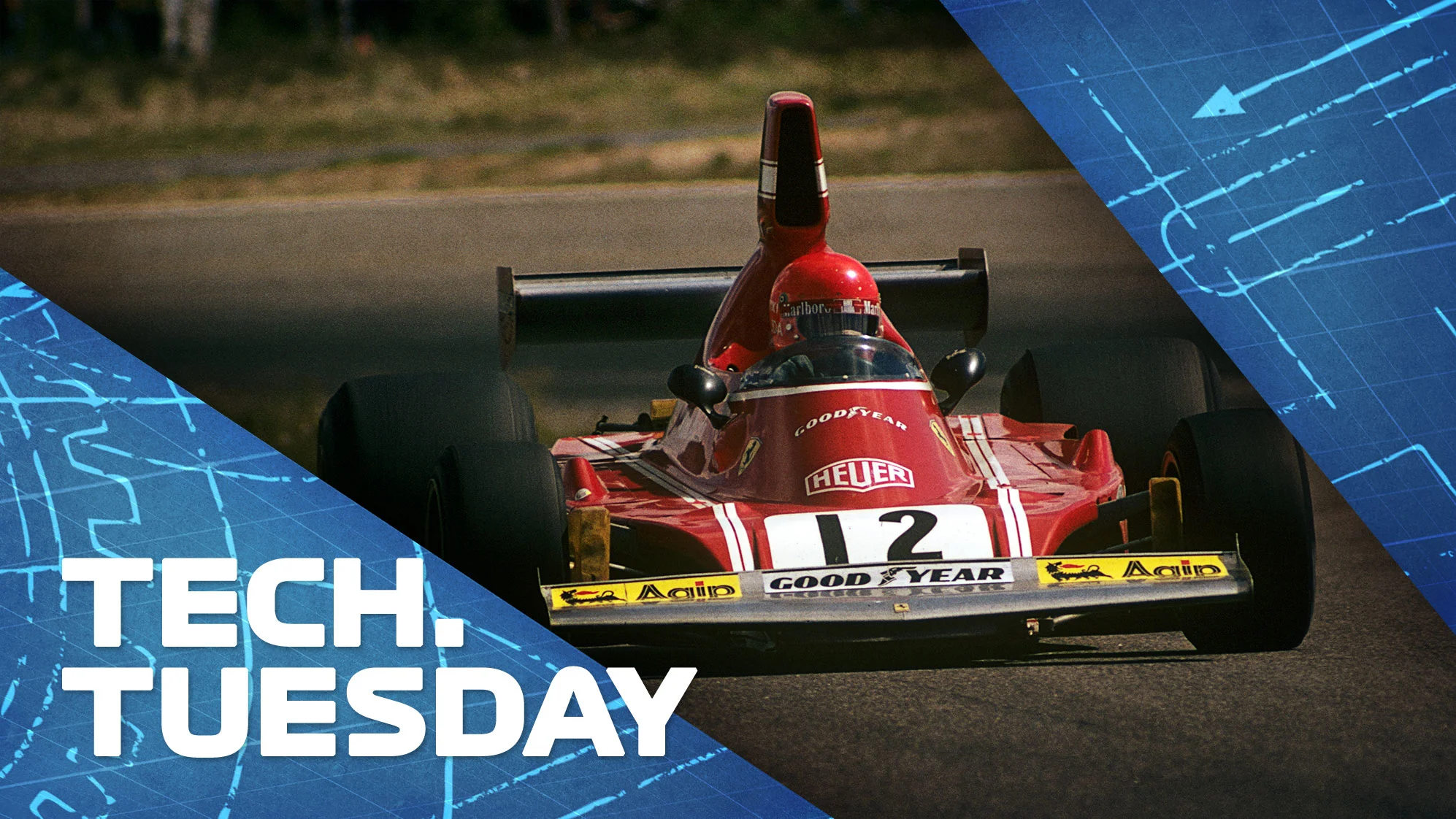
Forty-six years ago today, Niki Lauda took his first Formula 1 victory at the 1974 Spanish Grand Prix in Jarama – so F1 technical expert Mark Hughes decided to get under the bodywork of Lauda's race-winning Ferrari 312B3 in this special Tech Tuesday.
This was the beginning of a Ferrari renaissance after a dismal 1973, one which would see them take three consecutive constructors' championships from 1975 onwards.
READ MORE: Under the bodywork of 1986’s best F1 car, the Williams FW11
The impetus of those glories really came from the 1974 car created by Ferrari’s design genius Mauro Forghieri, reinvigorated after a year in ‘the wilderness’ as a result of internal politics.
Team boss Enzo Ferrari had been away from the factory with an illness for several months in 1972-73, but by the summer of ’73 was back to full health. One of the first things he did on his return to work was to bring Forghieri back from ‘special projects’ anonymity to head up the technical department once more.
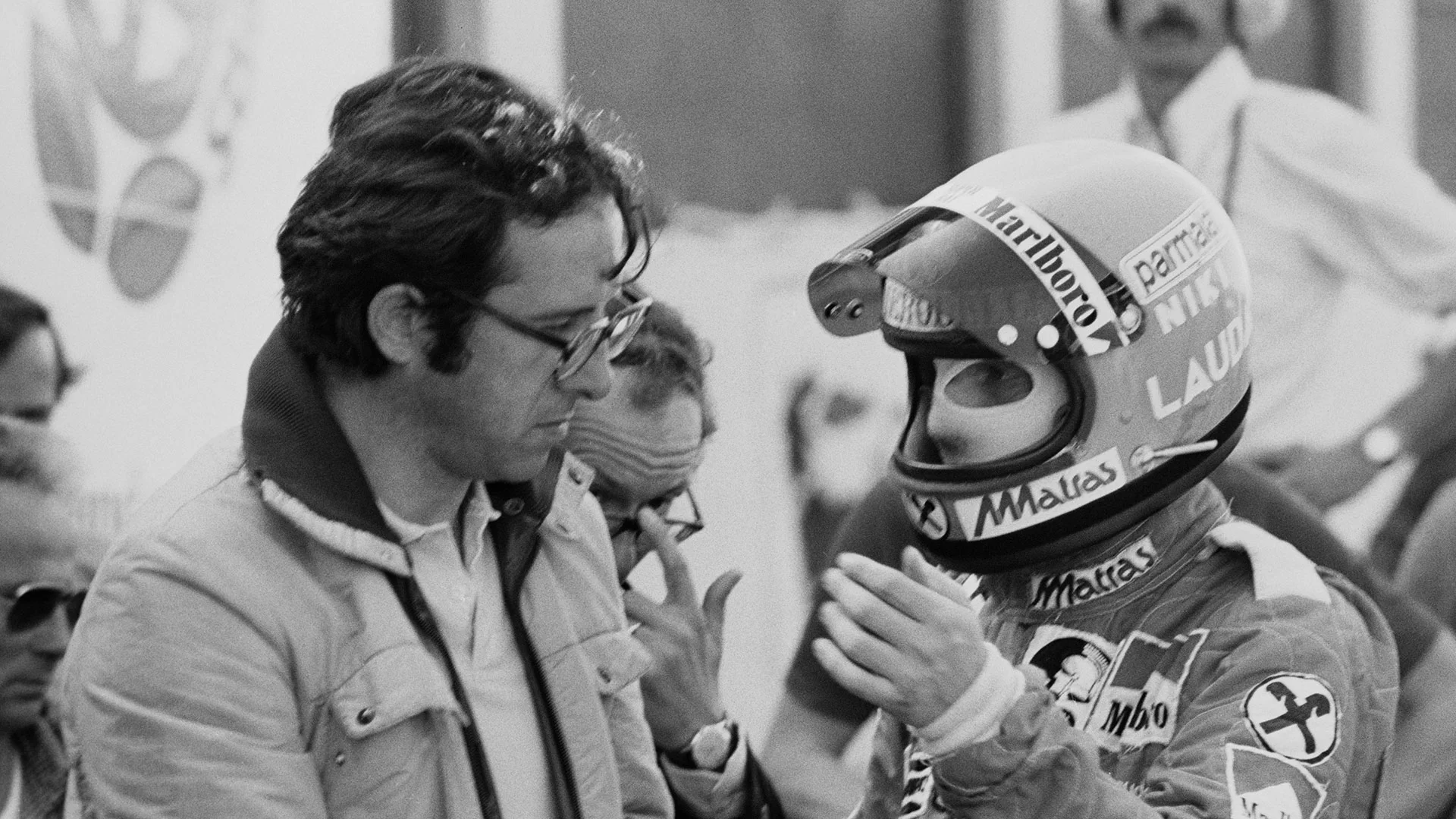
In the latter part of the ’73 season the team ran a Forghieri-modified version of the original ’73 car, still carrying the same 312B3 type number but in reality quite different, with side-mounted – rather than front – radiators and new suspension.
Forghieri’s theme with these modifications was to more fully centralise the car’s mass. The more the mass can be centralised, the more agile the car will be. The cornering forces will build up more quickly but with less momentum, giving better direction change.
READ MORE: 10 of the best injury comebacks in F1 history
It was a theme he would go onto develop further, culminating in F1’s first transversely-mounted gearbox in the 1975 car, the 312T.
But for ’74, Forghieri took that adapted ’73 312B3 as his basis. It retained the same aluminium monocoque construction – the manufacture of which had originally been farmed out to the British TC Prototypes company – but, following Forghieri’s centralised mass mantra, featured a cockpit and fuel tank that had been moved forwards within the wheelbase by 13cm.
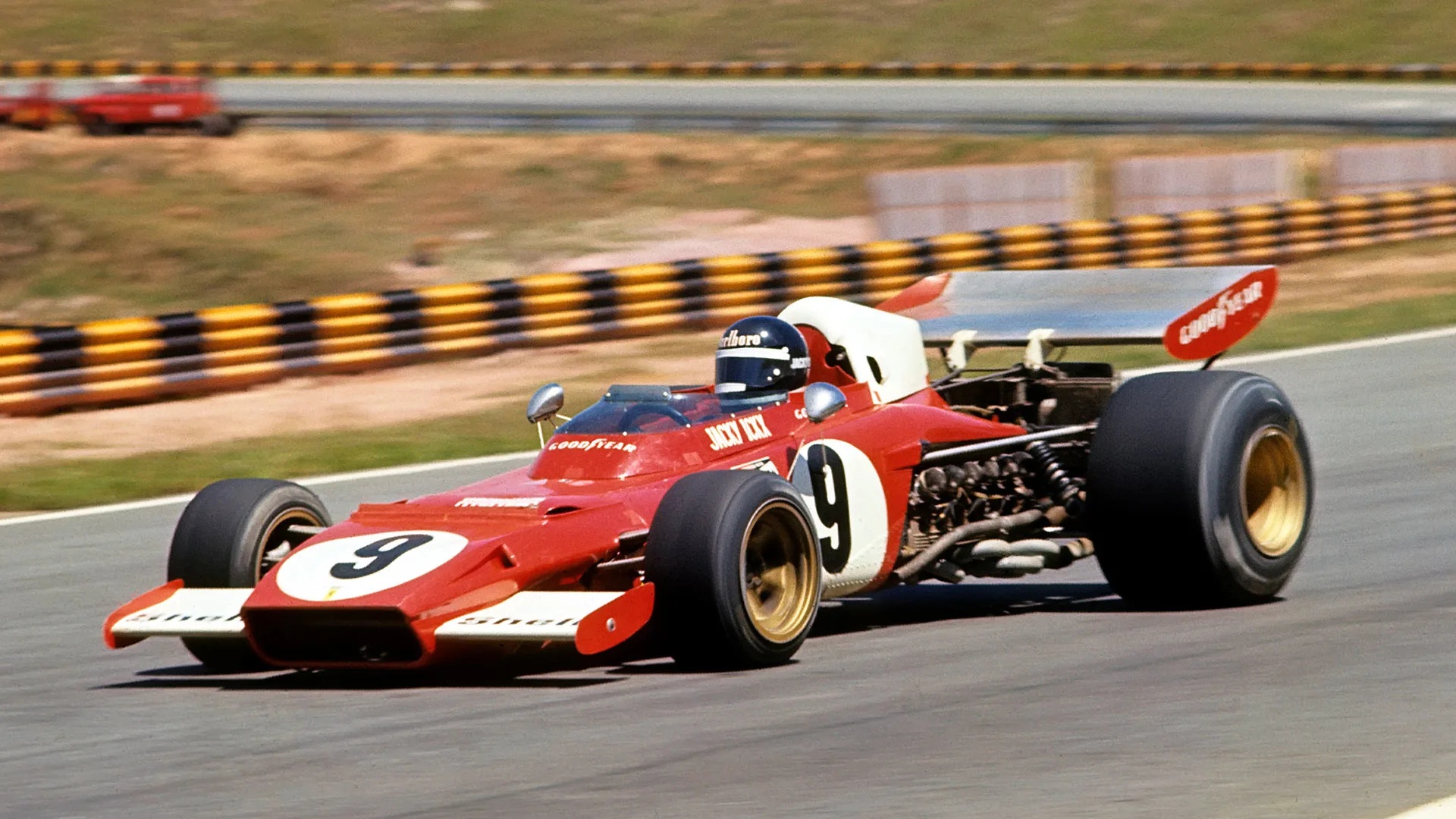
This would move the weight distribution forwards, though still by not as much as Forghieri ideally wished. Hence his continued development in the background of the transverse gearbox.
In keeping with his weight distribution aims, and in keeping the weight down, the wheelbase remained at a short-ish 250cm, around midway between that of the two prominent DFV V8-engined cars of the time, the even shorter Brabham BT44 and the longer McLaren M23.
READ MORE: The ground-breaking Brabham BT52
The ’74 car – still dubbed 312B3 although bearing almost no relationship to the original ’73 car of that name – continued to use a conventional longitudinally-mounted gearbox behind the rear axle to transfer the power of the 3-litre flat-12 engine that Forghieri had originally created for the 1970 car and which would serve the team for the rest of the decade.
Two banks of six cylinders lay horizontally opposed, but unlike other horizontally-opposed motors (such as in a Subaru for example) the opposing pistons do not move away and towards each other on the same throw of the crankshaft. Instead, this one worked internally just as a V12 would, with each piston’s movement sequenced individually.
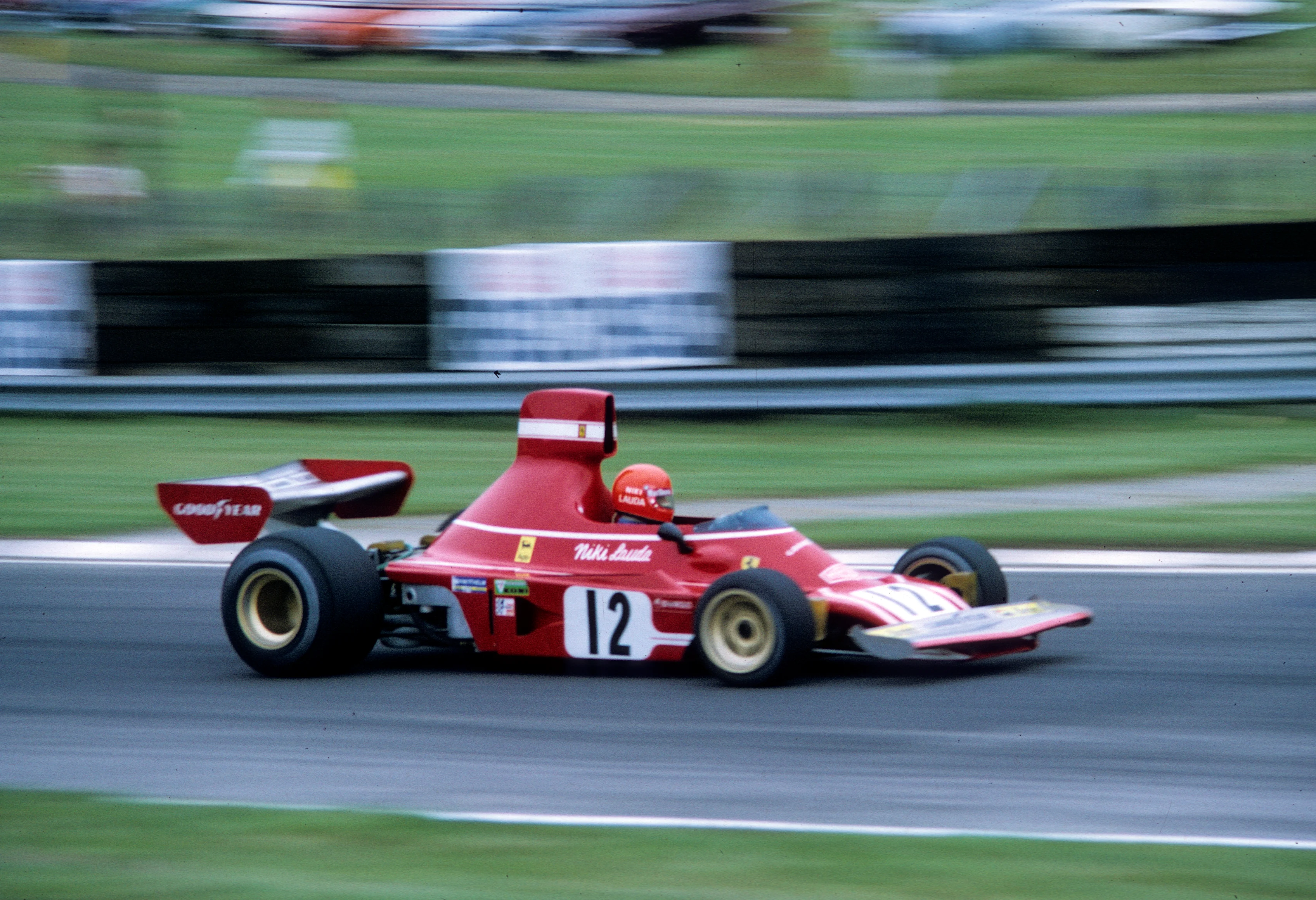
In 1974 spec, after some winter work on the cylinder heads, it was producing 495bhp at 12,600rpm – which gave the 312B3 a power advantage over the Cosworth DFV V8 competition of around 20bhp for an engine weight penalty of only 15kg.
The crankshaft was carried in just four main bearings rather than the traditional seven of a 12-cylinder motor, helping reduce the friction losses.
READ MORE: Why Ferrari have bucked the trend with their 'odd one out' nose concept in 2020
In his book The Art and Science of Grand Prix Driving, Niki Lauda explained that a fault in the water jacket design meant that one of the cylinders would suffer from a gradually overheating exhaust valve, which would tend to lose him around 20bhp from the beginning of the race to the end, whereas a DFV would typically only lose around 5bhp.
The 12-cylinder engine would also need around 20kg more fuel at the start of the race than a DFV. But on the plus side, the flat-12 layout made for a lower centre of gravity and allowed a lower rear deck, giving better airflow to the rear wing.
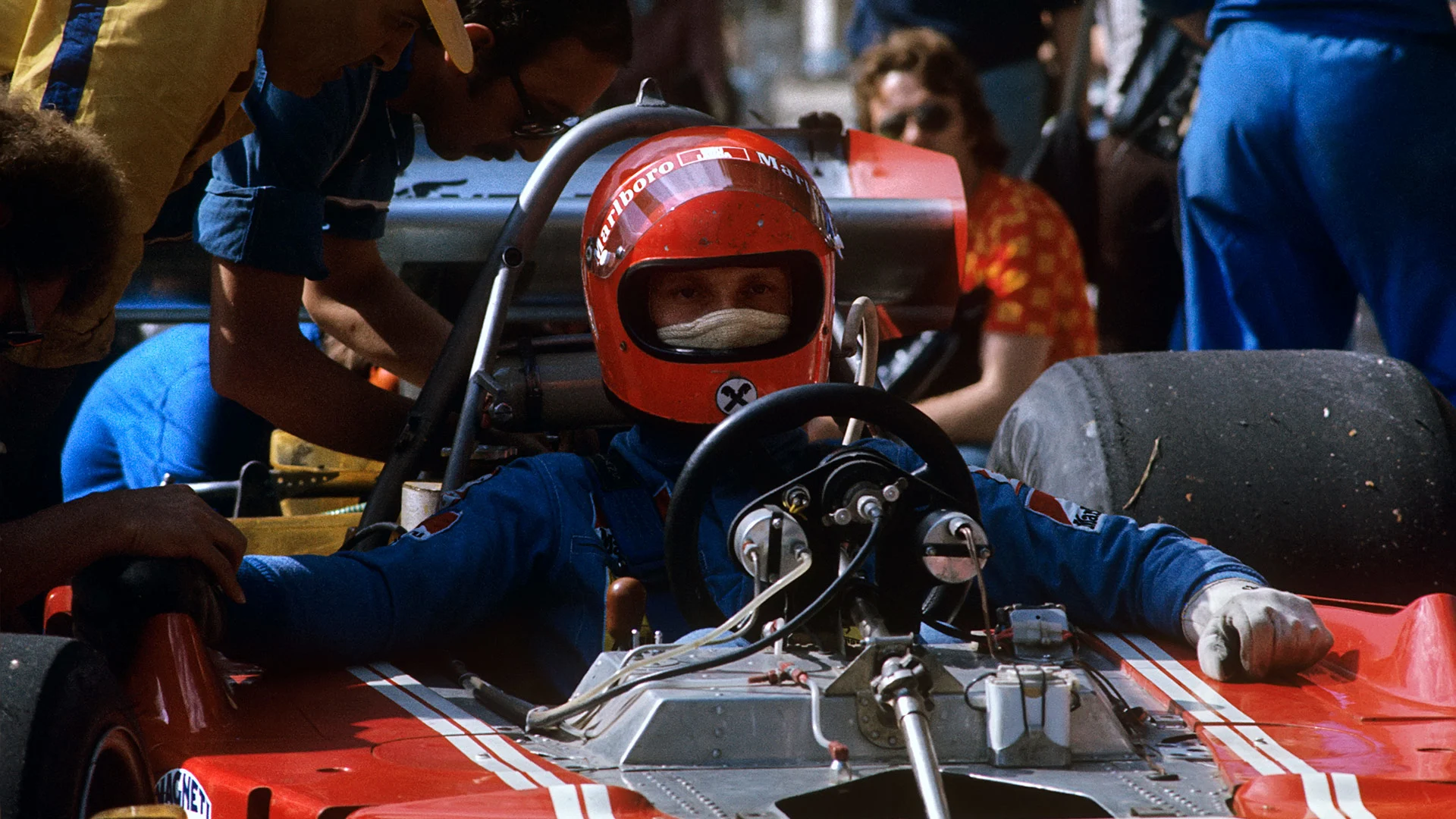
This was the car with which Lauda, team mate Clay Regazzoni and Forghieri set to work on the Fiorano test track during the winter of ’73-74, Lauda having been freshly recruited to the team from BRM.
Luca di Montezemolo had arrived as the new team manager halfway through the ’73 season and he, Forghieri and Lauda formed a great bond.
Lauda scored a dazzling nine pole positions with the car in 1974, with Regazzoni adding a further one. Lauda followed up his first victory in Spain with another at Zandvoort, while Regazzoni added a third 312B3 victory at the Nurburgring.
READ MORE: Ferrari have work to do to catch Mercedes when F1 season starts, admits Leclerc
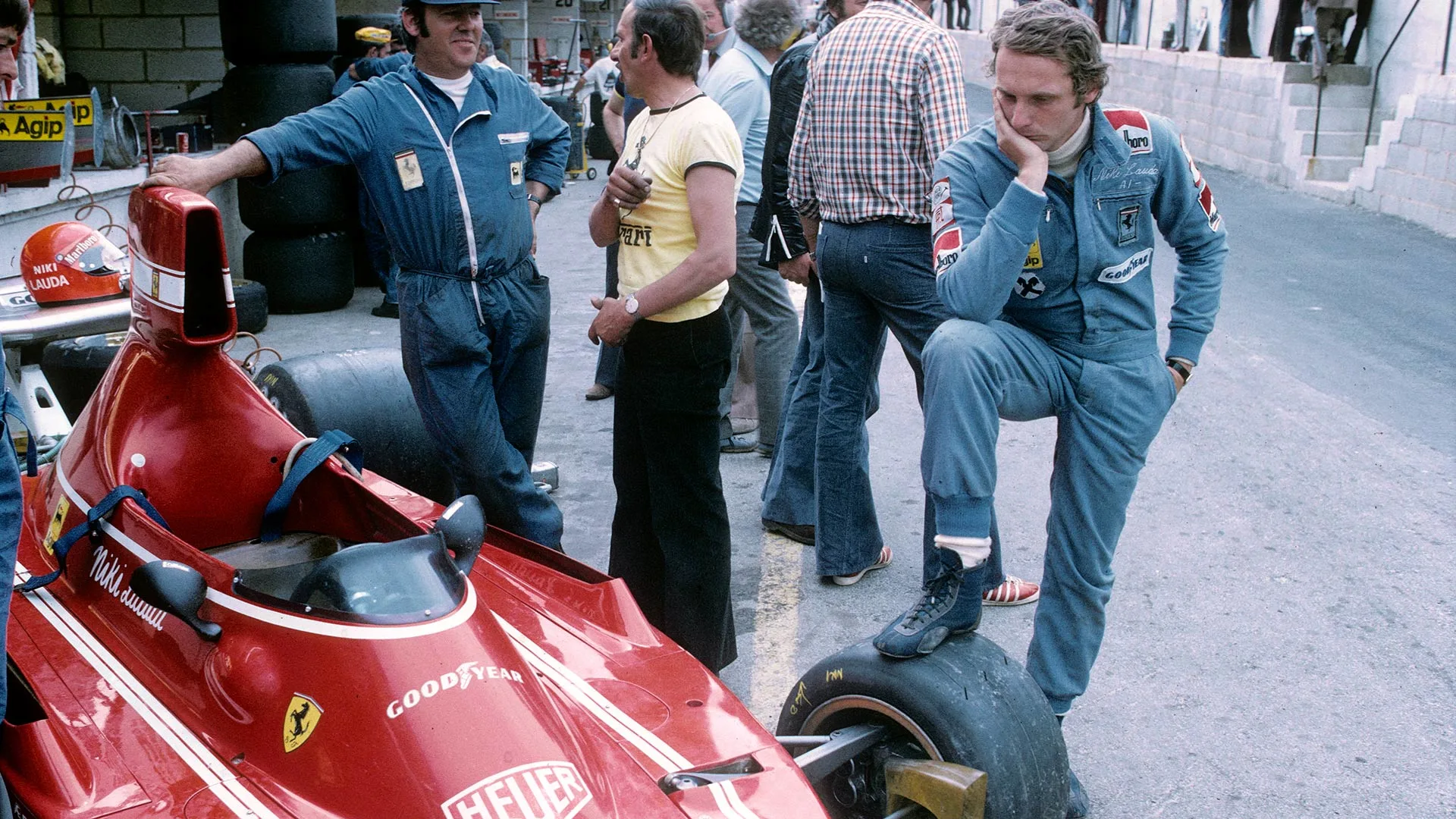
Both drivers were in contention for the title until late in the season, Regazzoni ultimately finishing second to McLaren’s Emerson Fittipaldi.
Similarly, Ferrari were runners-up in the constructors' championship to McLaren. But the Scuderia would go one better with the 312B3's successor, taking the 1975 title with Lauda.
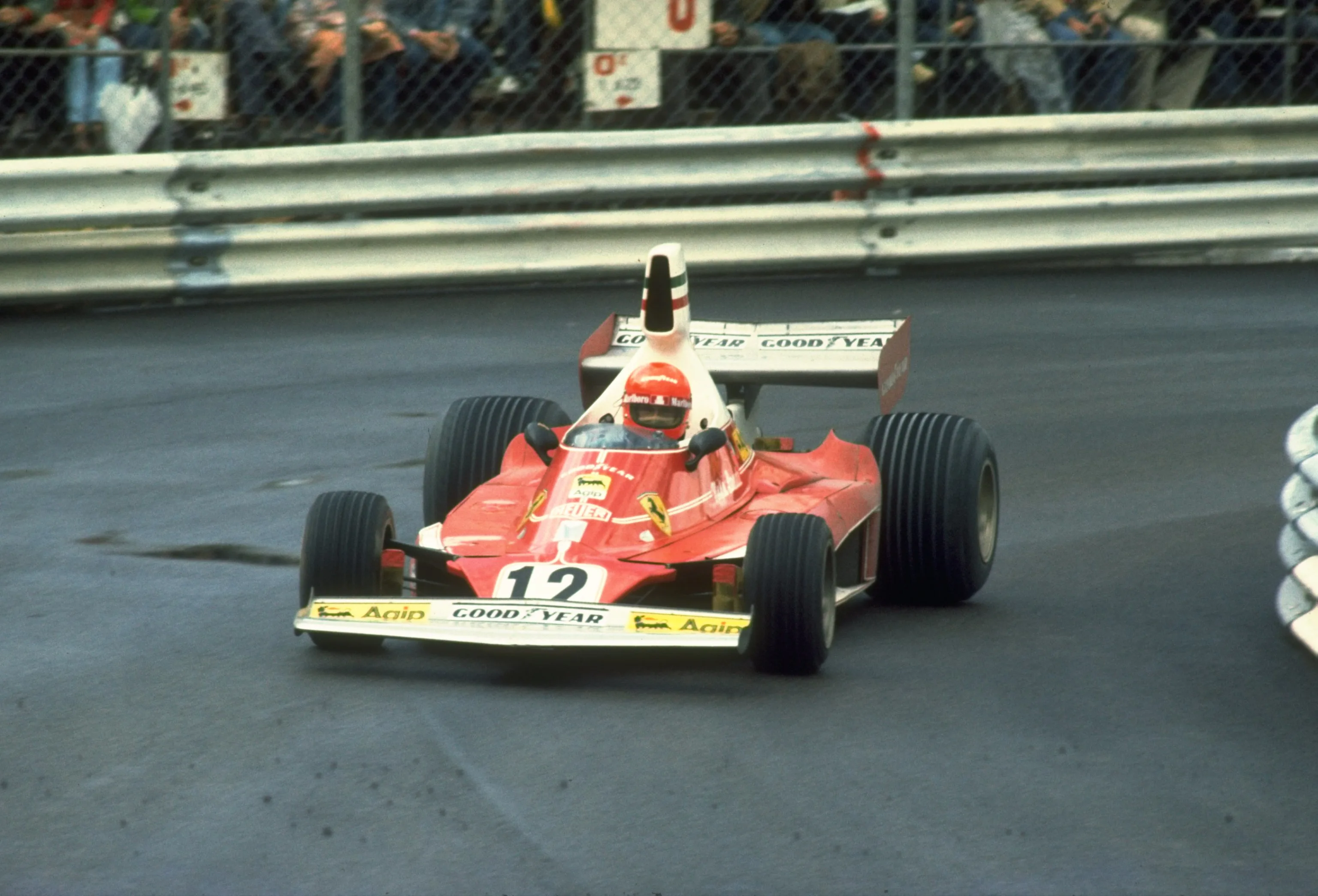
Next Up
Related Articles
 Bottas on how F1 drivers will adapt to the 2026 regulations
Bottas on how F1 drivers will adapt to the 2026 regulations Grosjean reunited with helmet from 2020 Bahrain GP crash
Grosjean reunited with helmet from 2020 Bahrain GP crash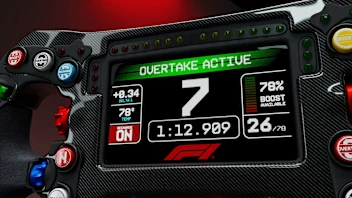 ExplainedAll you need to know about F1’s new power units
ExplainedAll you need to know about F1’s new power units Hadjar details what excites him most about racing for Red Bull
Hadjar details what excites him most about racing for Red Bull.webp) Quiz10 questions on McLaren World Champions
Quiz10 questions on McLaren World Champions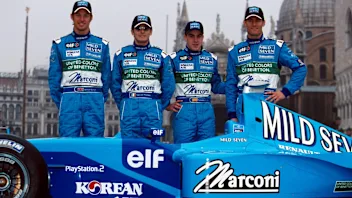 Quiz10 quiz questions on Formula 1 car launches
Quiz10 quiz questions on Formula 1 car launches